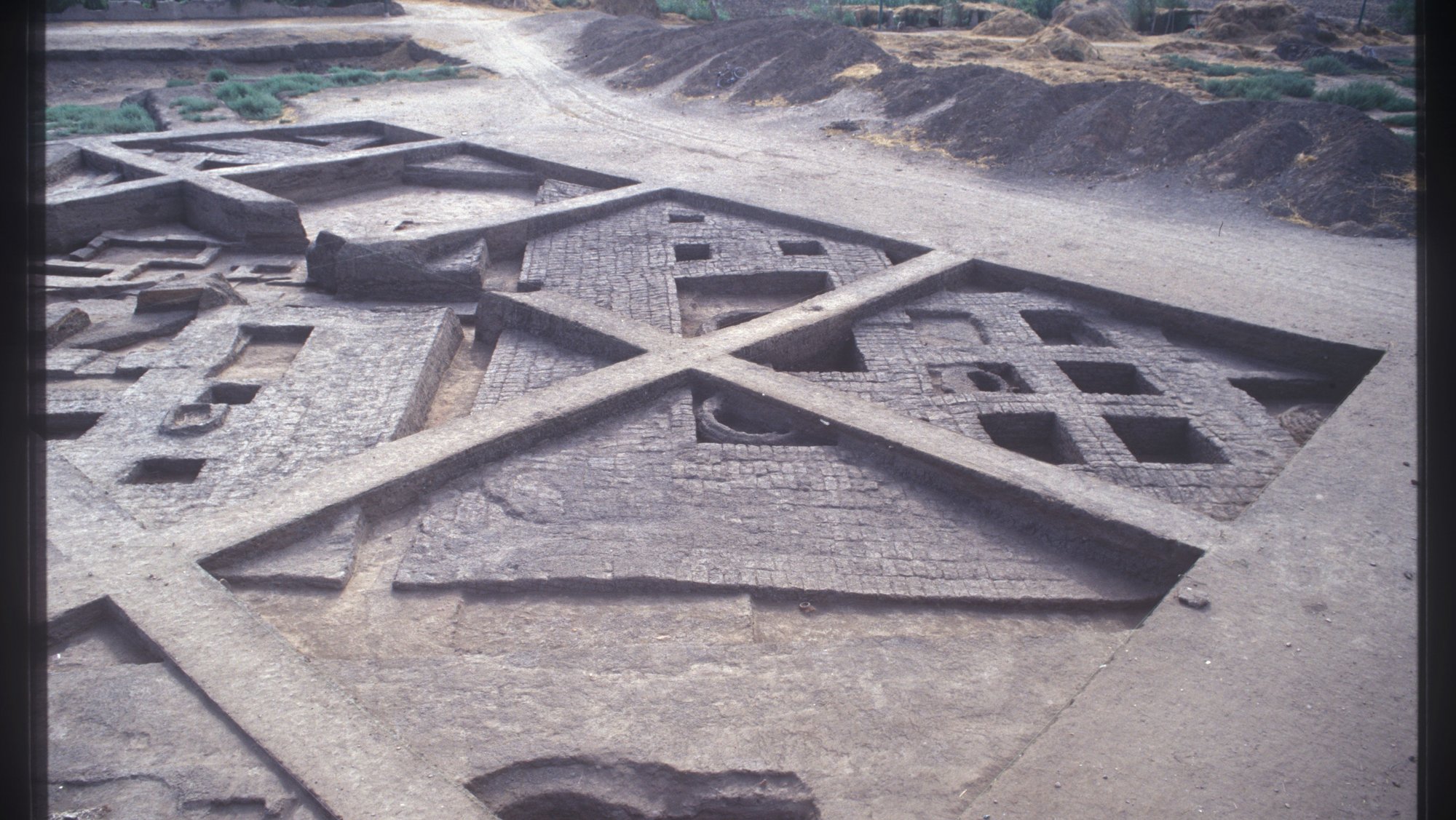Overview
The investigation of the lives of the inhabitants of Buto, based on material culture and architectural remains, is one of the main objectives of the PhD research of the late settlement periods, namely the findings from the 3rd Intermediate Period and Late Period, excavated by U. Hartung between 1999 and 2018. Previously, the ceramic analyses by P. French and J. Bourriau defined the following phases: “Pitfill (ca. 750-725 B.C.), Silo (ca. 675 B. C.), T VII (ca. 650 B.C.), Kiln (ca. 600-550 B.C.), Cache (ca. 550-500 B.C.)” (cf. MDAIK 59, 2003, 219ff.). In addition to this corpus, further findings and features dating from the 3rd Intermediate Period were unearthed in the so-called E-trenches at the western edge of the site, next to the modern village of Sekhmawy. Altogether, the data covers around 500 years of settlement history. The features clearly demonstrate rapid changes in the way the area was used during these periods. The foundation chambers of what were probably once multistore casemate buildings were initially used for storage (as evidenced by the presence of silos and similar structures built into the chambers). They were subsequently reused as funeral chambers during the late Saite Period, as attested by evidence of numerous burials. The study also comprises approx. 700 small finds such as faience, clay and ceramic objects, metal objects, stone vessels and further stone objects (the latter do not include the tools currently studied by K. Kindermann and H. Riemer). We hope to obtain a detailed understanding of these settlement phases by their analysis. Moreover, the research also includes further findings from this period from excavations at the north-western edge of the site, from the the so-called J-trenches. These objects originate only from burial contexts and belong to the local elite, but they offer useful comparison, as well as additional insight into the material culture of this time.
This excavation area has been investigated only briefly, and the geomagnetic survey suggests the existence of a much larger settlement nearby (cf. T. Herbich and U. Hartung, MDAIK 59, 2003, pl. 42). However, taking all evidence of the various aspects of life and funerary activities into consideration, the given data allows in-depth insights into socio-economic processes and settlement history during the 3rd Intermediate and Late Period in Buto and beyond.

